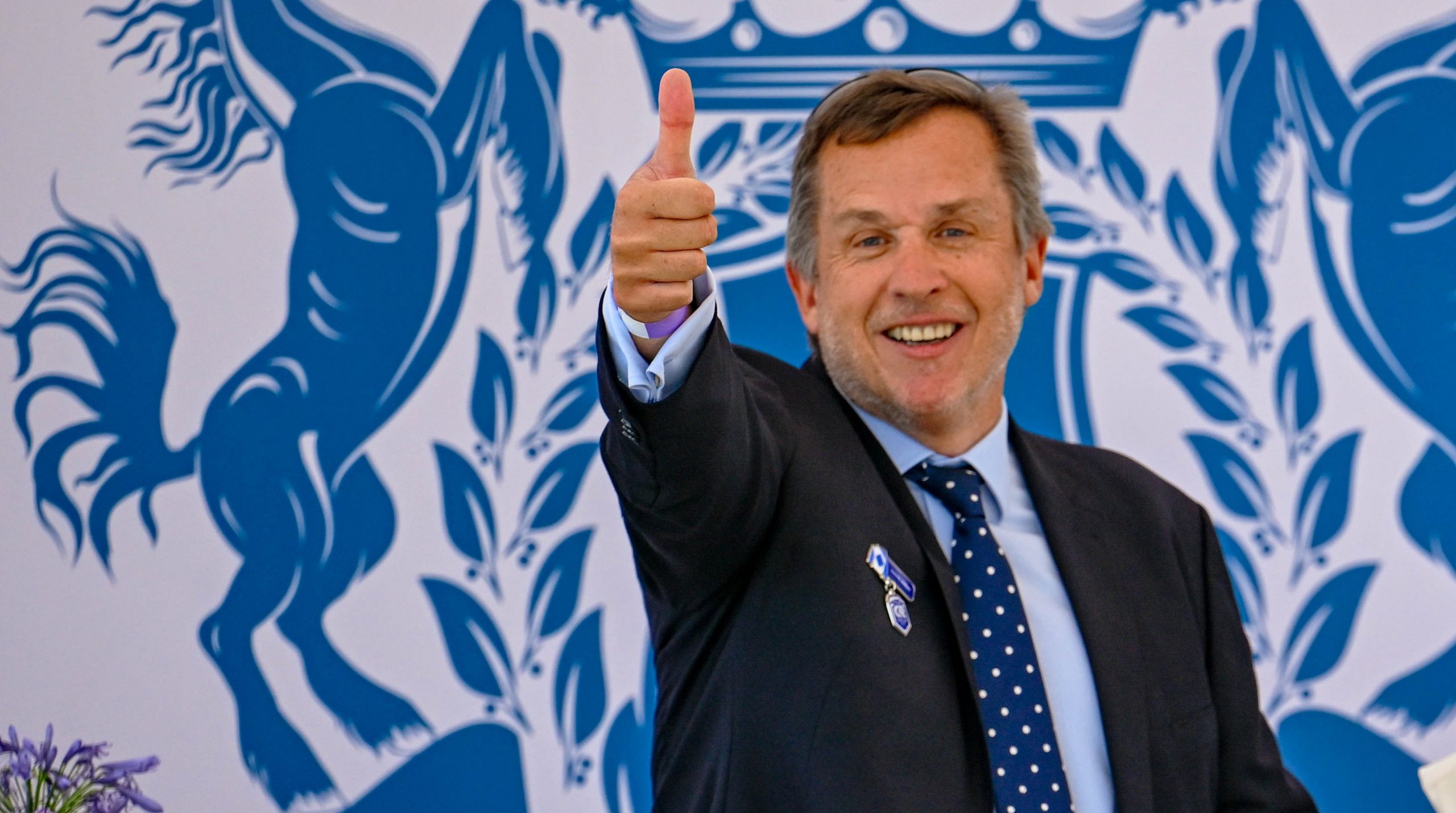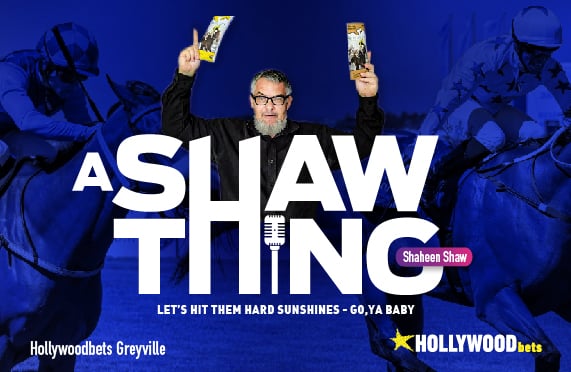“It was the best of times, it was the worst of times, it was the age of wisdom, it was the age of foolishness, it was the epoch of belief, it was the epoch of incredulity, it was the season of Light, it was the season of Darkness, it was the spring of hope, it was the winter of despair, we had everything before us, we had nothing before us, we were all going direct to heaven, we were all doing direct the other way.” –Charles Dickens, A Tale of Two Cities
What a busy weekend for our industry. The TBA offered 154 yearlings at the Cape Regional Sale and Equimark offered 289 on the Vintage sale, leaving buyers with the dizzying prospect of assessing a grand total of 444 individuals (that’s of course for anyone who had cash left over after the Premier Sale or those who simply enjoy reading catalogues).
Of the 154 TBA lots, 84 (or a little over 50%) were sold for an average of just under R48k on Friday night. Of the 289 Equimark lots, 183 (or a little over 60%) were sold for an average of just under R50K over the rest of the weekend. We’ve already had the Cape Premier Sale in January (220 out of 290 sold for an average of just over R400k each) and we still have the Nationals (which usually catalogue somewhere between 500-600 horses) and the KZN (offering another 200-300 lots) sales to come.
All up, that totals approximately 1,200 yearlings carded for sale. The SA Racing Fact book states that for 2009 the local breeding industry produced a total of 3738 live foals. So there are another 1,500 yearlings out there which haven’t even made it onto a catalogue.
And let’s not even mention the 2YO, Ready to Run and dispersal sales clogging up our diaries.
Now I know there is always much discussion and speculation regarding sale prices with a lot of horses being deemed ‘over priced’. However, if you take a slightly closer look, you might find that this is not in fact so, particularly in the case of the smaller breeders.
To keep a mare for 2 years (ie her 11 month gestation, plus another 6 or so till weaning) will set you back in the region of R2k per month (assuming your mare is healthy, you have your own property and are prepared to do a fair amount of the grunt work yourself). So we’ll call that a conservative R36k. Your foal is now around 6 months old and you still need to support it (and presumably the dam) for another year, so we can tack on another R24k for the mare’s keep plus a similar amount for the foal. We’re now standing at a total of R84k. We have still not factored in any veterinary or cover fees. Assuming we are breeding commercially, we are looking at market-related cover fee, and we also need to factor in the minimum required flu and AHS vaccinations. You do the maths and you very quickly end up in the realms of R100k simply to get that baby to a yearling sale. Not 2YO, not Ready to Run, a Yearling sale.
Assuming we’ve run the gauntlet of all these hazards and survived – the sire hasn’t gone out of fashion and our specimen looks promising, we can now try our luck on the sales. Now the baby needs extra feed and supplements, some exercise and someone to exercise and prep it. Plus all those fun breeder registration fees, foal registrations, etc. So tack on another few grand.
Then there are nomination fees of around R1,000 (which is fair enough, someone needs to hire a venue, print catalogues and generally organise the whole thing), plus a commission of anywhere between 7-10% on any sale price achieved (and between 4-10% if our breeder is brave enough to stipulate a reserve price and the baby does not sell).
Assuming the gods smile and our foals are a) born alive, b) born correct and c) don’t try to kill or maim themselves before getting to the sales venue, our small time breeder is lucky to have a small number of youngsters good enough for a yearling sale. And at the point they set foot in the sales ring 3 years after we’ve started our enterprise, each individual will have cost approximately R120k. That’s no profit, simply cost price.
And that includes a good deal of blood, sweat and tears – believe me – and to have someone offer you R10k or R20k – or worse yet, not even bother to bid on what you’ve produced – is soul-destroying. Particularly when you have stock at home and now need to support your sale reject until you can either get it onto another sale (more upkeep costs, more nomination fees, etc) or possibly race it yourself (registering colours, buying silks, training fees, etc) and petrol, feed and keep costs just keep going up.
My trusty Racing Fact Book reflects that although our numbers of live foals have remained a relatively static 3,500 per annum over the past 12 years, our numbers of breeders have declined by 50%. Our number of colour holders however, has decreased by nearly 70% ! Of course the graphs and stats we don’t see are what happens to all those vulnerable babies….
My grasp of economics is rudimentary, but I understand the principles of supply and demand, as well as the fact that we are in a recession and it therefore looks likely that these trends are unlikely to change significantly in the near future. But as they say, one man’s meat is another man’s poison and the current climate offers rich pickings for buyers with cash in their pockets.
I’ve hung around my share of stud farms and yearling sales over the years and have a bit of an idea of what it’s all about. But there’s nothing quite like the real thing, so as a bit of fun, I prepped 3 yearlings for a sale last year. I cried when the first 2 didn’t sell and then cried again when the last one did (no pleasing some, eh ?).
A big individual sale price may look spectacular, but in reality it merely offsets some of the costs of the ones that don’t sell, don’t pay for themselves or worse yet, the ones who don’t make it at all. The bigger studs spread their risk by having larger numbers and a greater variety of horses (there’s no such thing as a racing certainty and that principle applies in the breeding barn too). Smaller breeders don’t have that luxury and are much more subject to the whims and vagaries of chance and fashion and have fewer horses to spread their costs and risks across.
However, by making it hard for them, life also becomes hard for the smaller stallion owners. This in turn translates into difficulties for the smaller buyers and trainers. We may all covet a Jet Master, a Western Winter or a Captain Al, but to be honest, it’s probably a good thing that we can’t all have one. From a strictly empirical point of view, it ensures a reasonable amount of genetic diversity and, from a personal point of view, also makes for slightly more interesting racing. I am an inveterate supporter of the underdog (after all, without Federico Tesio there would be no Ribot or Nearco) and as we all know, there are always those one or two horses that succeed against the odds, such as Eli’s Truth.
There is a sales term called the ‘infinite curve’ where a small number of high value sales will create an impressive spike on a graph, but it is the infinite collection of smaller sales which in fact makes up the far larger proportion of the turnover. I have mentioned before that it is this proportion of the market, the ‘little guy’, be it the owner, trainer or punter, who really keeps racing going. It is also interesting that those high priced sales lots seldom show a return on their investment. Which is what keeps the game interesting.
Overall though the South African racing product is comparable with anything being bred abroad, as evidenced by our success at big international meetings such as the Breeder’s Cup and the current Dubai Festival amongst others. And of course with the changes to the AHS protocol everyone is very excited about the prospect of selling to the international market. But without a local market, there can be no exports, so we really need to take a long hard look at some logistics and get behind our local breeders because the current trends are simply unsustainable.
Terry Pratchett fans will be familiar with a character called ‘Cut-Me-Own-Throat’ Dibbler who makes a living selling his infamous ‘Sausage inna bun’. His nickname comes from his claims that he is “selling this at such a low price that it’s cutting me own throat“. While the contents of the sausage is usually only remotely related to pork and tastes awful, with a lot of sizzling onions and persistent price-cutting, Dibbler always somehow scrapes a living by selling these sausages. Usually to people who have gotten sick from them before.
However, much like Mr Dibbler’s customers, owners keep coming back in the hope that the next one might be a good ‘un. So despite it being difficult and making very little financial sense, hopefully our small breeders will somehow find a way to keep going. And despite being jaded with the vet, training, and stakes monies, I hope that people who know it makes no financial sense to own and race horses will continue to buy and race them anyway.
It may be the best of times for some, and the worst of times for others, and we all know that horses make fools out of us most of the time !! But I hope we can all find a way through. Because despite the occasional indigestion, I very much like my ‘Sausage inna bun !’








